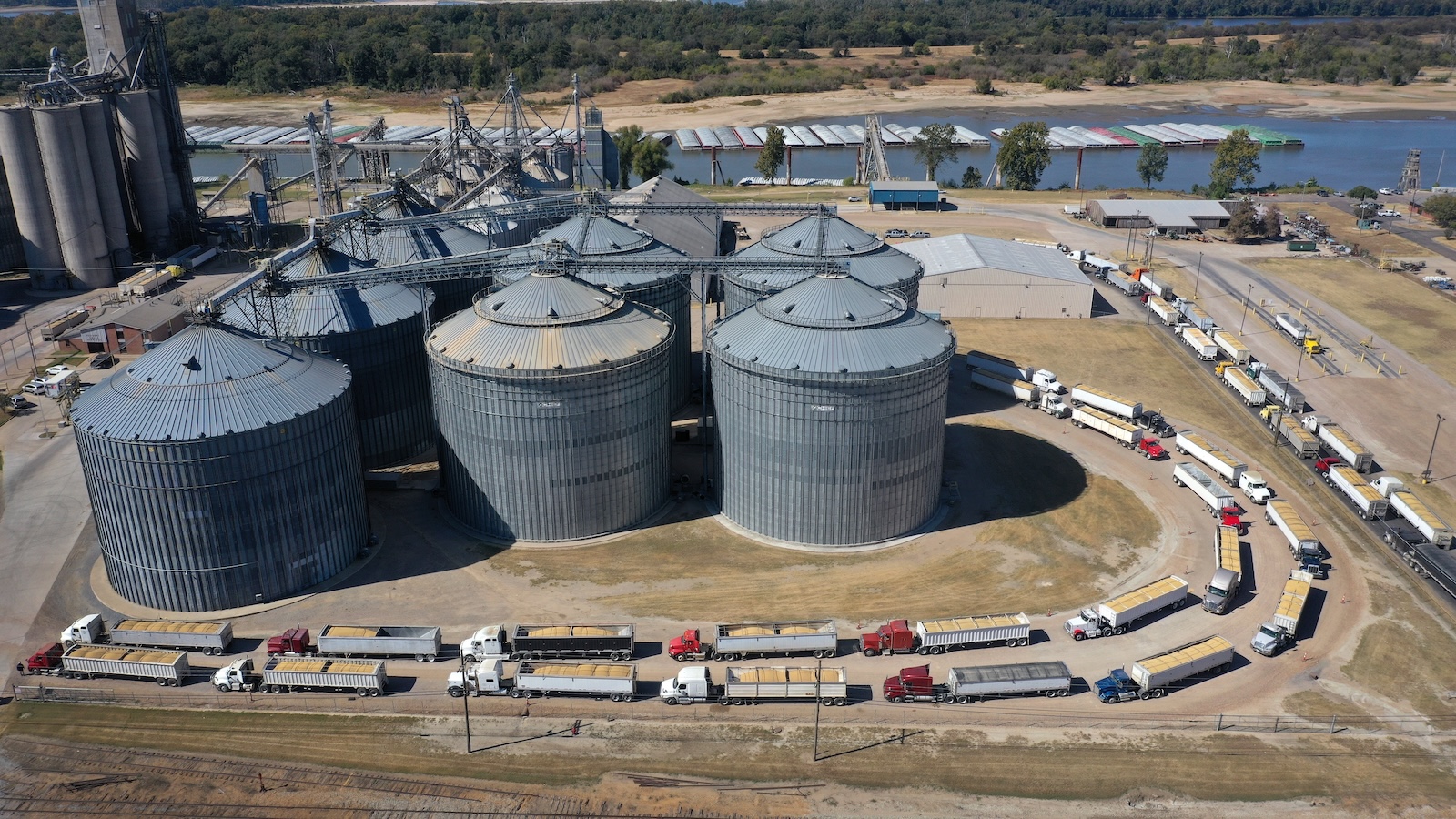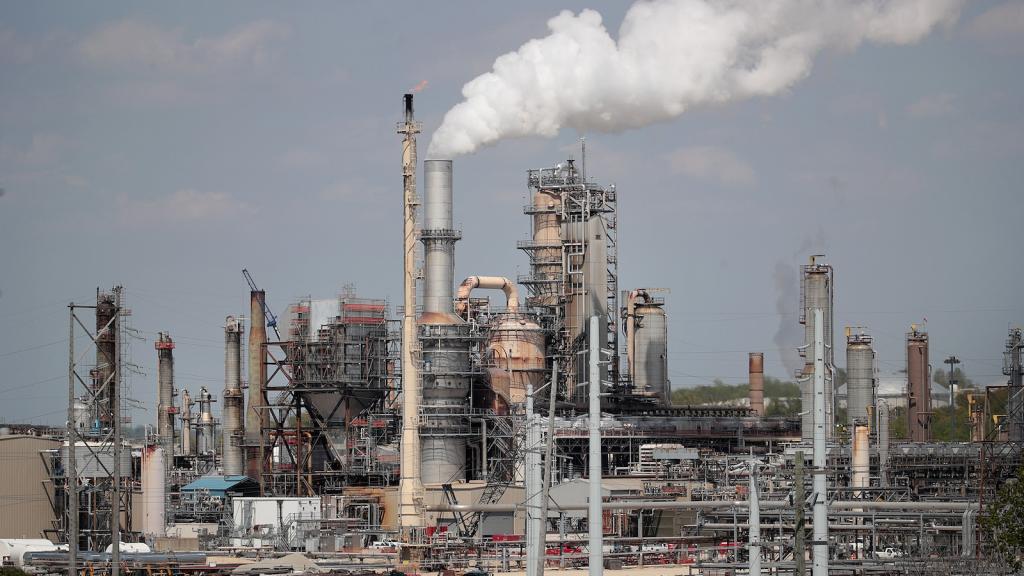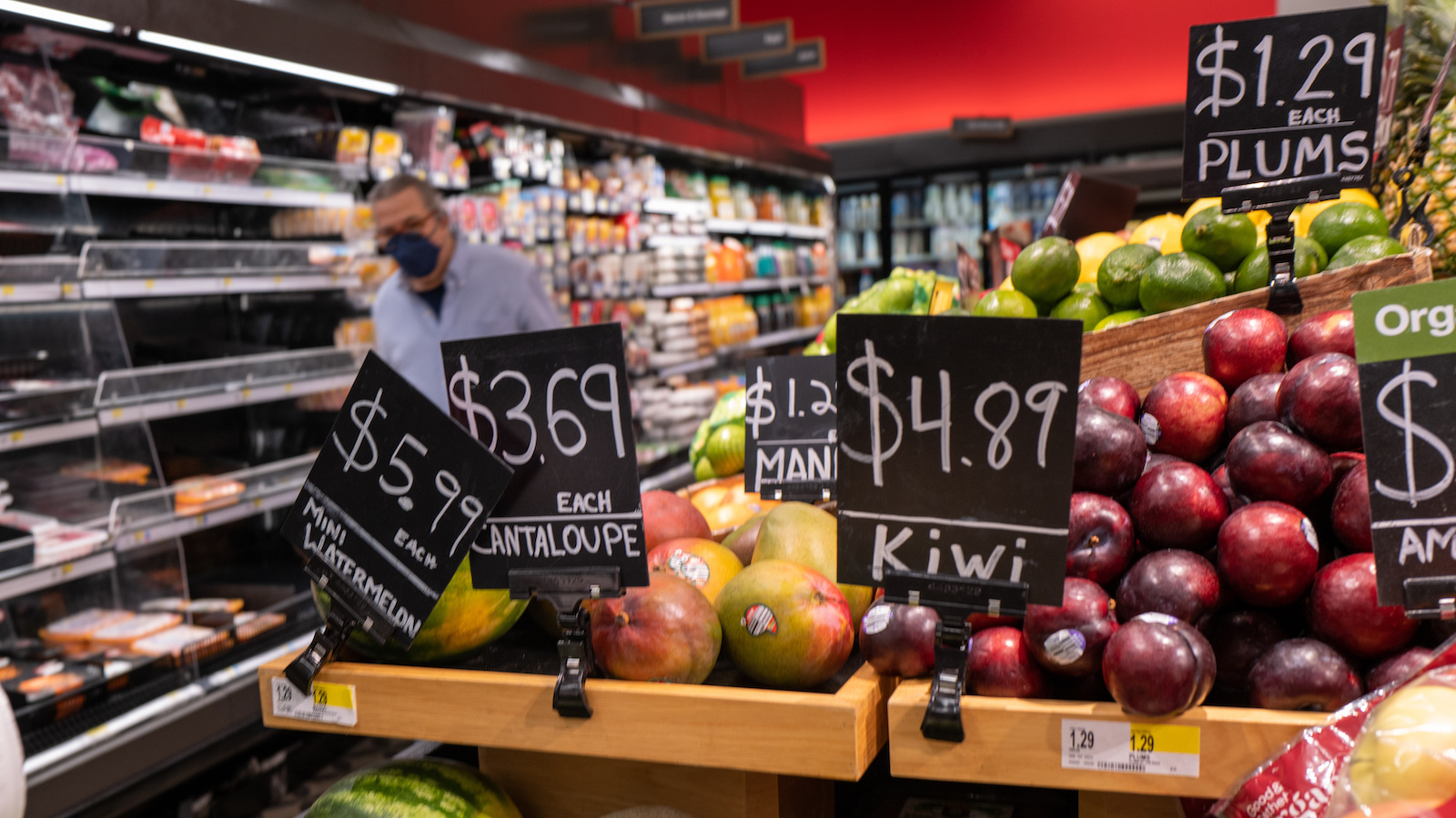It’s no secret that a warming world will drive food prices higher, a phenomenon increasingly known as “heatflation.” What’s less known, but a growing area of interest among economists and scientists alike, is the role individual extreme weather events — blistering temperatures in Texas, a destructive tornado in Iowa — may have on what U.S. consumers pay at the supermarket.
At first glance, the answer might seem logical: A drought or flood that impacts agricultural production will, eventually, drive up prices. But it’s not that simple, because what consumers pay for groceries isn’t only reflective of crop yields or herd sizes, but the whole supply chain. That’s where it gets interesting: Economists are beginning to see a growing trend that suggests weather forecasts play a part in sticker shock. Sometimes the mere prediction of an extreme event — like the record-breaking temperatures, hurricanes, and wildfires forecasters are bracing for this summer — can prompt a spike in prices.
It isn’t the forecast itself to blame, but concerns about what the weather to come might mean for the entire supply chain, as food manufacturers manage their risks and the expected future value of their goods, said Seungki Lee, an agricultural economist at Ohio State University.
“When it comes to the climate risk on food prices, people typically look at the production side. But over the last two years, we learned that extreme weather can raise food prices, [cause] transportation disruptions, as well as production disruptions,” said Lee.
How much we pay for the food we buy is determined by retailers, who consider the producer’s price, labor costs, and other factors. Any increases in what producers charge is typically passed on to consumers because grocery stores operate on thin profit margins. And if manufacturers expect to pay more for commodities like beef or specialty crops like avocados in the future, they may boost prices now to cover those anticipated increases.
“The whole discussion about the climate risks on the food supply chain is based on probabilities,” Lee said. “It is possible that we do not see extreme temperatures this summer, or even later this year. We may realize there was no significant weather shock hitting the supply chain, but unfortunately that will not be the end of the story.”
Supply chain disruptions and labor shortages are among the reasons food prices have climbed 25 percent since 2020. Climate change may be contributing as well. A study published earlier this year found “heatflation” could push them up by as much as 3 percentage points per year worldwide in just over a decade and by about 2 percentage points in North America. Simultaneous disasters in major crop and cattle producing regions around the world — known as multi-breadbasket failure — are among the primary forces driving these costs. Crop shortages in these regions may also squeeze prices, which can create volatility in the global market and bump up consumer costs.

Historically, a single, localized heat wave or storm typically wouldn’t disrupt the supply chain enough to prompt price hikes. But a warming world might be changing that dynamic as extreme weather events intensify and simultaneous occurrences of them become the norm. How much this adds to consumers’ grocery bills will vary, and depends upon whether these climate-fueled disasters hit what Lee calls “supply chain chokepoints” like vital shipping channels during harvest seasons.
“As the weather is getting more and more volatile because of climate change, we are seeing this issue more frequently,” he said. “So what that means is the supply chain is getting more likely to be jeopardized by these types of risks that we have never seen before.”
An ongoing drought that plagued the Mississippi River system from the fall of 2022 until February provides an excellent example of this. The Mississippi River basin, which covers 31 states, is a linchpin of America’s agricultural supply chain. It produces 92 percent of the nation’s agricultural exports, 78 percent of the world’s feed grains and soybeans, and most of the country’s livestock. Vessels navigating its roughly 2,350 miles of channels carry 589 million tons of cargo annually.
Transportation barriers created by low water hampered the ability of crop-producing states in the Corn Belt to send commodities like corn and soybeans, primarily used for cattle feed, to livestock producers in the South. Thus emerged a high demand, low supply situation as shipping and commodity prices shot up, with economists expecting consumers to absorb those costs.
Past research showing that retail prices increase alongside commodity prices suggests that the drought probably contributed to higher overall food costs last year — and because droughts have a lingering impact on production even after they end, it may be fueling stubbornly high grocery prices today.
But although it seems clear that the drought contributed to higher prices, particularly for meat and dairy products, just how much remains to be gauged. One reason for that is a lack of research analyzing the relationship between this particular weather event and the consumer market. Another is it’s often difficult to tease out which of several possible factors, including global trade, war, and export bans, influence specific examples of sticker shock.
While droughts definitely prompt decreases in agricultural production, Metin Çakır, an economist at the University of Minnesota, says whether that is felt by consumers depends on myriad factors. “This would mean higher raw ingredient costs for foods sold in groceries, and part of those higher costs will be passed onto consumers via higher prices. However, will consumer prices actually increase? The answer depends on many other supply and demand factors that might be happening at the same time as the impact of the drought,” said Çakır.
In a forthcoming analysis previewed by Grist, Çakır examined the relationship between an enduring drought in California, which produces a third of the nation’s vegetables and nearly two-thirds of its fruits and nuts, and costs of produce purchased at large grocery retailers nationwide. While the event raised consumer vegetable prices to a statistically significant degree, they didn’t increase as much as Çakır expected.
This capricious consumer cost effect is due largely to the resiliency of America’s food system. Public safety nets like crop insurance and other federal programs have played a large part in mitigating the impacts of adverse weather and bolstering the food supply chain against climate change and other shocks. By ensuring farmers and producers don’t bear the brunt of those losses, these programs reduce the costs passed on to consumers. Advanced agricultural technology, modern infrastructure, substantial storage, and efficient transport links also help ensure retail price stability.
A 2024 study of the role climate change played on the U.S. wheat market from 1950 to 2018 found that although the impact of weather shocks on price variability has increased with the frequency of extreme weather, adaptive mechanisms, like a well-developed production and distribution infrastructure with sufficient storage capacity, have minimized the impact on consumers. Still, the paper warns that such systems may collapse when faced with “unprecedented levels of weather variability.”
Last year was the world’s warmest on record, creating an onslaught of challenges for crop and livestock producers nationwide. And this year is primed to be even more brutal, with the transition from El Niño — an atmospheric phenomenon that warms ocean temperatures — to La Niña, its counterpart that cools them. This cyclical change in global weather patterns is another potential threat for crop yields and source of supply chain pressures that economists and scientists are keeping an eye on.
They will be particularly focused on the Midwest and stretches of the Corn Belt, two regions prone to drought as an El Niño cycle gives way to a La Niña, according to Weston Anderson, an assistant research scientist at the University of Maryland and NASA Goddard Space Flight Center. Those growing regions for corn and soybeans are what he’ll be watching closely as La Niña develops.
It’s something Jennifer Ifft, an agricultural economist at Kansas State University, is also thinking about. “If you have a very severe drought in the Corn Belt … that’s going to be the biggest deal, because that’s gonna raise the cost of production for cattle, hogs, poultry,” said Ifft. “So that would probably have the largest inflationary impacts.”
As of January, U.S. beef herd inventory was at its lowest in 73 years, which multiple reports noted is due to persisting drought that began in 2020. Americans, the majority of whom are already spending more on groceries than last year, are poised to soon see “record” beef prices at the supermarket. Food prices are also expected to rise another 2.2 percent in 2024, according to the USDA’s Economic Research Service.
In a world enmeshed in extremes, our already-fragile food supply chain could be the next system teetering on the edge of collapse because of human-caused climate change. And costlier groceries linked to impending risk is the first of many warning signs that it is already splintering.



